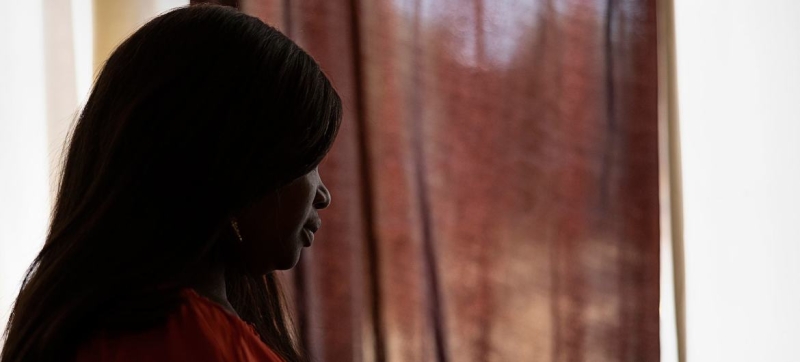
Violence against adolescent girls is most common in Oceania and Central Africa south of the Sahara. A quarter of girls aged 15 to 19 experience violence from partners Women
24 percent of adolescent girls experience physical and sexual violence from intimate partners, according to a new report by the World Health Organization (WHO) published in the journal The Lancet. In 2023, almost one in six girls aged 15-19 became a victim of such violence.
“Intimate partner violence starts very early for millions of young women around the world,” said Dr Pascale Allotey, Director of the Department of Sexual and Reproductive Health and Research at WHO.
“Given that violence during these critical formative years can cause profound and long-lasting trauma, it needs to be taken more seriously as a public health issue, with an emphasis on prevention and targeted support,” she added.
As WHO notes, partner violence can have negative consequences for teenage girls’ health, their academic performance, future relationships and lifelong prospects. Violence can lead to depression, anxiety disorders, unplanned pregnancy, sexually transmitted infections.
Differences by Country and Region
The study authors analyzed social, economic, cultural and other factors that may influence the situation. Although violence against adolescent girls occurs everywhere, experts emphasize significant differences depending on the region. According to WHO estimates, this phenomenon is most common in Oceania and Central Africa south of the Sahara. There, 47 percent and 40 percent of girls, respectively, become victims of partner violence.
The lowest rates of violence against adolescents aged 15-19 are observed in Central Asia and Central Europe (11 percent and 10 percent of girls, respectively).
Overall, intimate partner violence against adolescent girls is most common in low-income countries and regions, where fewer girls go to school and where they have fewer property ownership and inheritance rights than boys.
The risks are significantly higher in countries and regions where child marriage (marriage of girls under 18) is practiced. Often, a large age difference with a spouse creates relationship imbalance, economic dependence, and social isolation. These factors increase the likelihood of violence.
Adolescent Girls Need Support
Experts stress the need to strengthen support and early prevention measures designed specifically for adolescents, along with actions to promote the rights of women and girls: from school programmes that teach boys and girls about healthy relationships, to legal protection and economic empowerment of girls. Because many adolescents lack their own financial resources, leaving abusive relationships can be especially difficult for them.
“The research shows that to end gender-based violence, countries need to put in place policies and programmes that promote equality for women and girls,” said one of the study’s authors, Dr Lynnmarie Sardinha.
“This means ensuring secondary education for all girls, ensuring gender-equal property rights and ending harmful practices like child marriage, which are often reinforced by the same unfair gender norms that perpetuate violence against women and girls,” she added.
Currently, no country is on track to achieve the international community’s 2030 target of ending violence against women and girls.
WHO supports countries in combating this phenomenon, including through prevention and response efforts in the health sector. By the end of 2024, WHO plans to publish new guidelines on preventing child marriage.
Read also:
